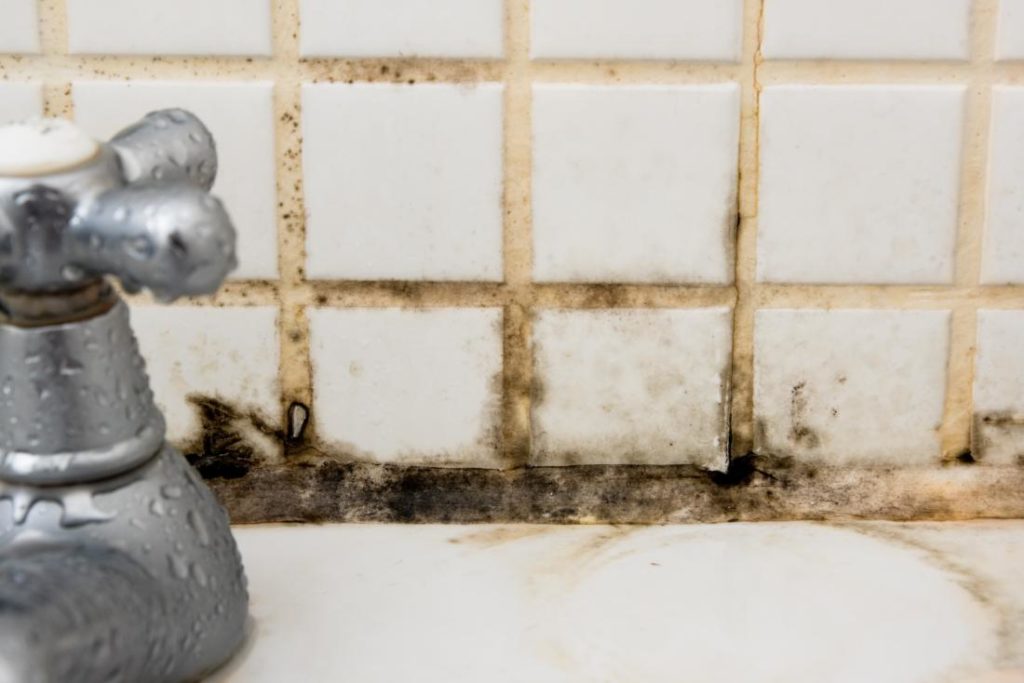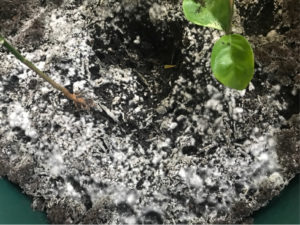
Believe it or not, there is always some mold around. Molds have been on the Earth for millions of years. Mold can get in your home through open doors, windows, vents, and air conditioning systems. Mold in the air outside can be brought indoors on clothing, shoes, and even beloved pets. Mold is a household fungi that is well-known to cause serious health issues and can often go completely undetected. Typically, individuals spend a significant amount of time exposed to toxic mycotoxins cause by mold before they know there is a problem.

Mycotoxins are tiny particles made by fungi such as mold that can be toxic to both animals and people. There are many types of mycotoxins. However, only a few of them pose a risk to human health. Mycotoxins can cause acute or chronic health problems through ingestion, skin contact, or inhalation. These particles can be detected via urine test.
A urine test is the best way for mycotoxins to be checked, but there are some signs you may be infected. You should consult your doctor if you have any of these symptoms.
Mycotoxins can be diagnosed and treated with medical treatment. Most cases will be treated with activated charcoal and probiotics. Mycotoxins are naturally eliminated by most people. However, some people may not be able to detox as quickly and accumulate toxins in their bodies. It is important to analyze and rule out diet. Cereals, wheat, grains and coffee are common culprits for exposure as all of these foods have higher levels or mycotoxins, which can cause problems in some people’s bodies. You must also identify and treat the source of infection. This is often mold in your home, school or workplace.
Mold removal can be difficult, especially if your house isn’t well-lit or has a lot of small, hard to reach spaces. We recommend that you look for signs of excess moisture or dampness as mold should not be far from these areas. You should also look under doormats, near the sink, as well as in the vicinity of the coffeemaker – essentially, anywhere standing water may collect unchecked.
Depending on the type of mold you have found, there are different ways to get rid of it. Most mold can be treated with Homebiotic Surface Cleaner and Nano Sponge. Follow this natural mold cleaning product with Homebiotic Probiotic Spray to restore the population of beneficial bacteria, keeping harmful microbes in check! However, you may need to dispose of the affected item completely depending on whether is can be completely cleaned or not (ie. fabric items or severely affected cellulose material). Mold can also destroy paper so you may have to throw out infected books and documents. Mold must be removed completely in order to avoid further mycotoxin exposure. Contacting local, reputable mold remediation experts is highly recommended for safety during removal and a more effective removal process.
https://www.cdc.gov/mold/default.htm
https://www.medicalnewstoday.com/articles/323419

Gillian is a former nurse and joined the Homebiotic team as a researcher & science writer. She loves traveling the world and currently lives in Colombia.
Subscribe to our newsletter
© 2024 Homebiotic Inc. All rights reserved. | Privacy Policy | Terms of Use These statements have not been evaluated by the FDA. Homebiotic is not intended to diagnose, treat, cure, or prevent any disease.